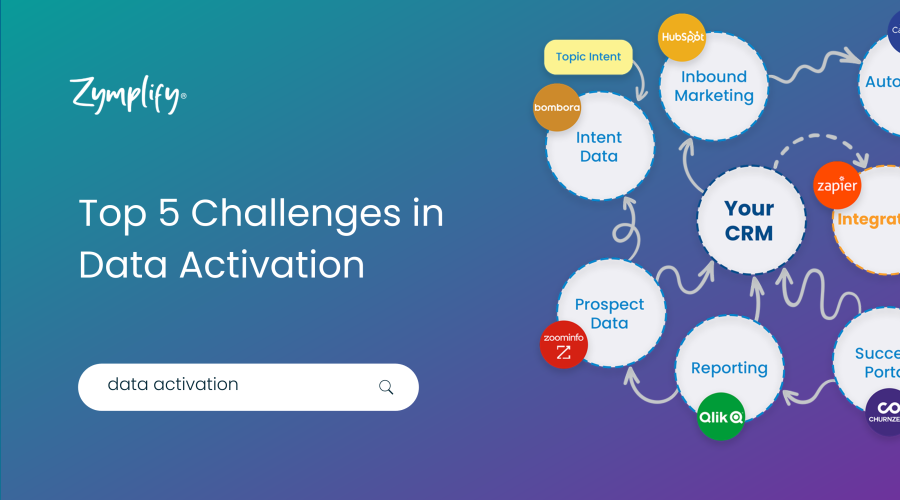Data activation—the process of turning raw data into actionable insights—holds immense promise for businesses looking to drive growth, improve customer engagement, and boost ROI.
However, as powerful as data activation can be, it’s not without its challenges. Many businesses struggle to fully harness the value of their data due to common hurdles like data silos, integration difficulties, and poor data quality. These roadblocks can hinder your ability to make data-driven decisions and unlock the true potential of your data.
In this blog, we’ll explore the top challenges businesses face in data activation and offer practical solutions to overcome them, ensuring that your data works for you, not against you.
1. Challenge: Data Silos
The Problem:
One of the most prevalent challenges in data activation is the existence of data silos. Data silos occur when different departments or systems within a business store data in separate locations, making it difficult to access and share information across teams. This fragmentation not only limits the value of your data but also results in inefficiencies and missed opportunities, as teams are unable to get a complete view of their customers and prospects.
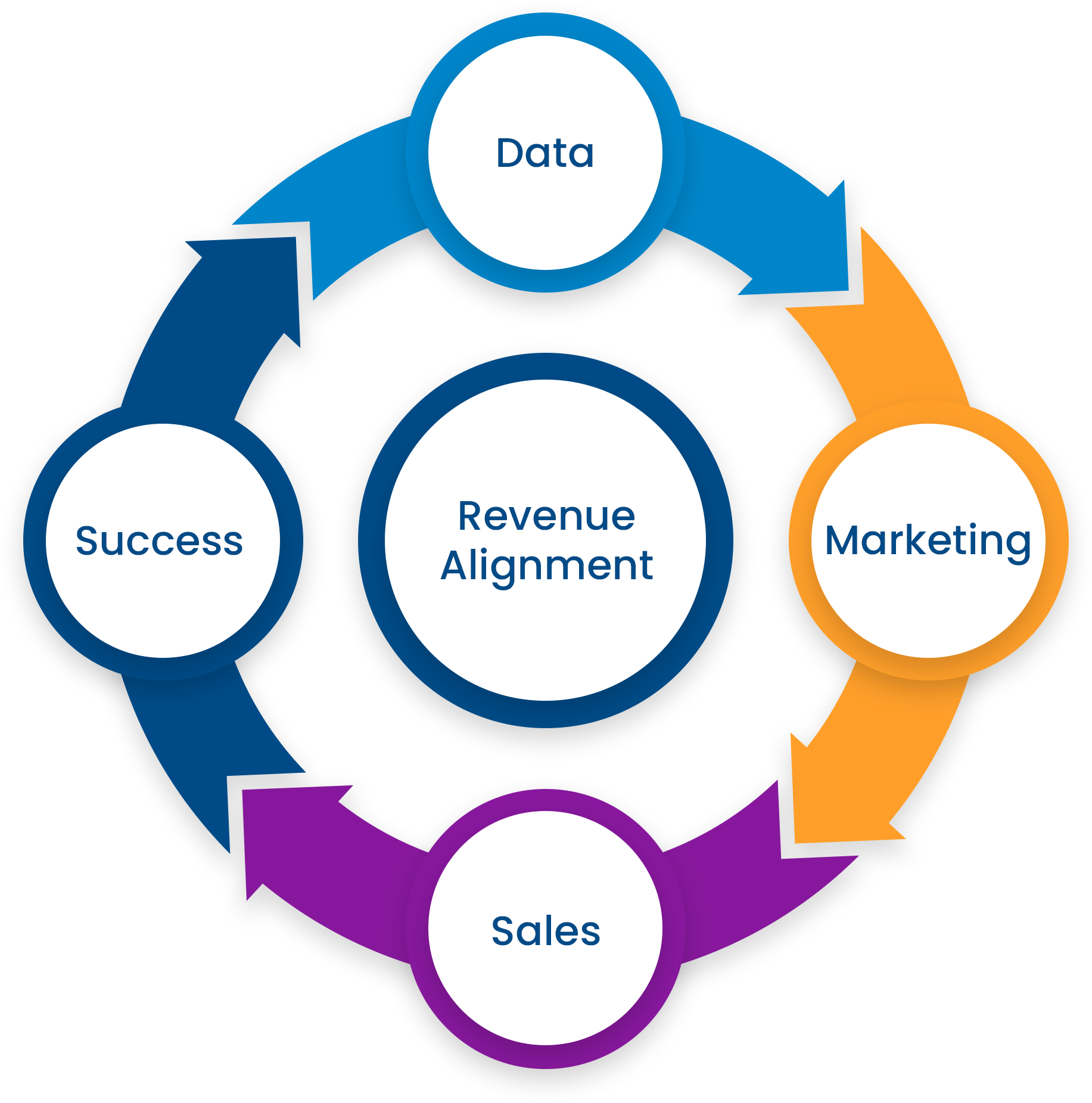
Solution: Break Down Silos with Centralised Data Systems
The key to overcoming data silos is centralisation. Implementing a unified data platform, such as Zymplify, can help break down these silos by integrating all of your data sources into a single, centralised system. This ensures that all teams—whether marketing, sales, or customer service—have access to the same data and can work collaboratively to engage leads and customers.
Additionally, data governance practices should be established to ensure consistency and accuracy across all teams. By standardising how data is collected, stored, and accessed, businesses can eliminate silos and enable more informed, cross-functional decision-making.
2. Challenge: Integration Difficulties
The Problem:
In a world where businesses use multiple software tools—CRMs, marketing automation platforms, analytics tools, and more—integrating these systems to create a seamless data flow can be a major challenge. Disconnected systems prevent businesses from gaining a holistic view of their data and hinder the ability to activate insights across different channels and departments.
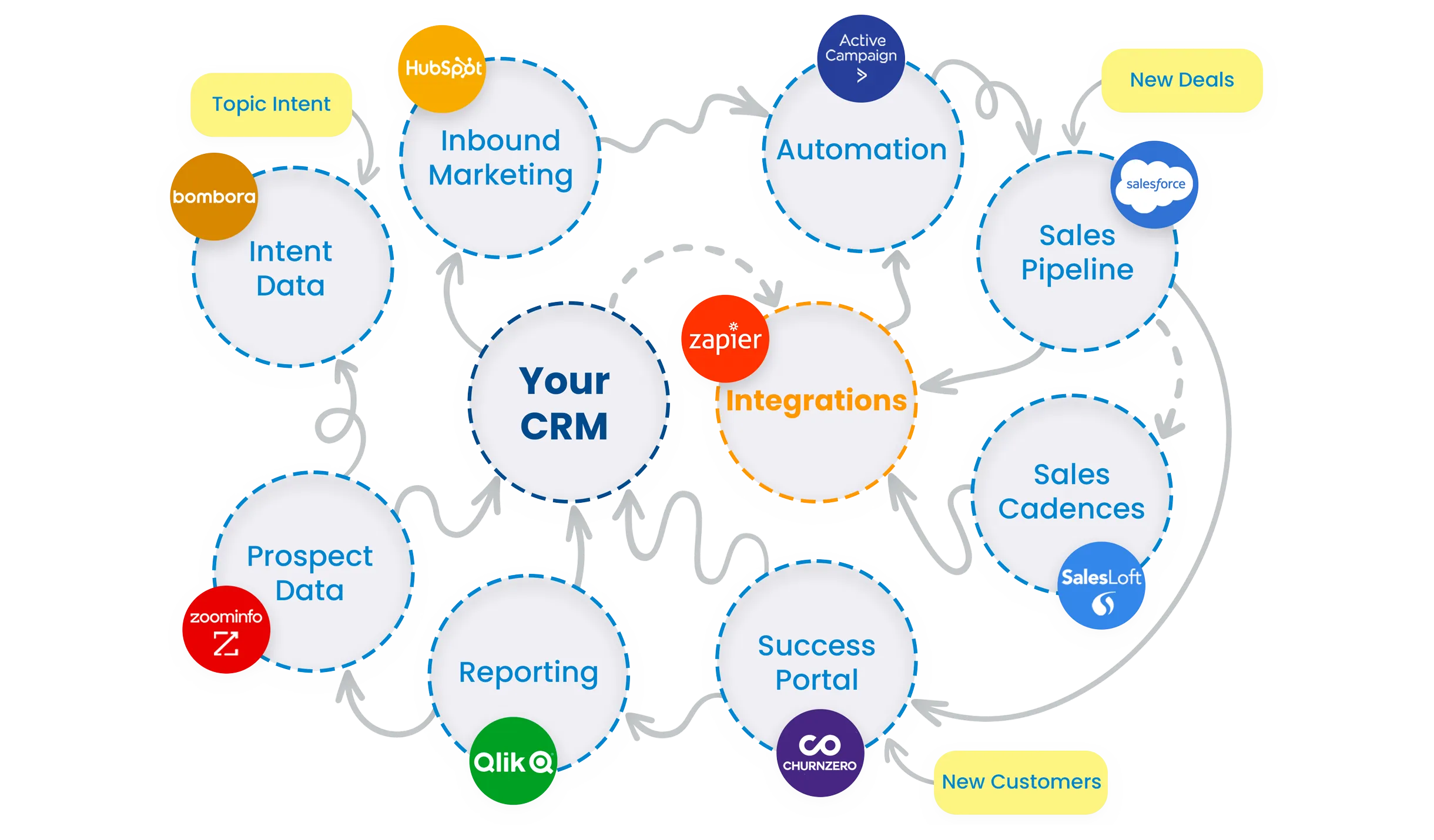
Solution: Utilise Integration-Friendly Platforms
To overcome integration challenges, it’s essential to choose data activation tools that are designed to integrate with your existing tech stack. Platforms like Zymplify offer an all in one platform including CRM, marketing, and sales tools, making it easy to connect all your data sources and ensure a smooth flow of information between systems.
3. Challenge: Poor Data Quality
The Problem:
Data is only as valuable as it is accurate. Poor data quality—including outdated, incomplete, or inaccurate data—can severely impact your ability to make informed decisions and activate data effectively. Common issues like duplicate records, incorrect contact information, and inconsistent data formats often lead to wasted resources, missed opportunities, and flawed campaigns.
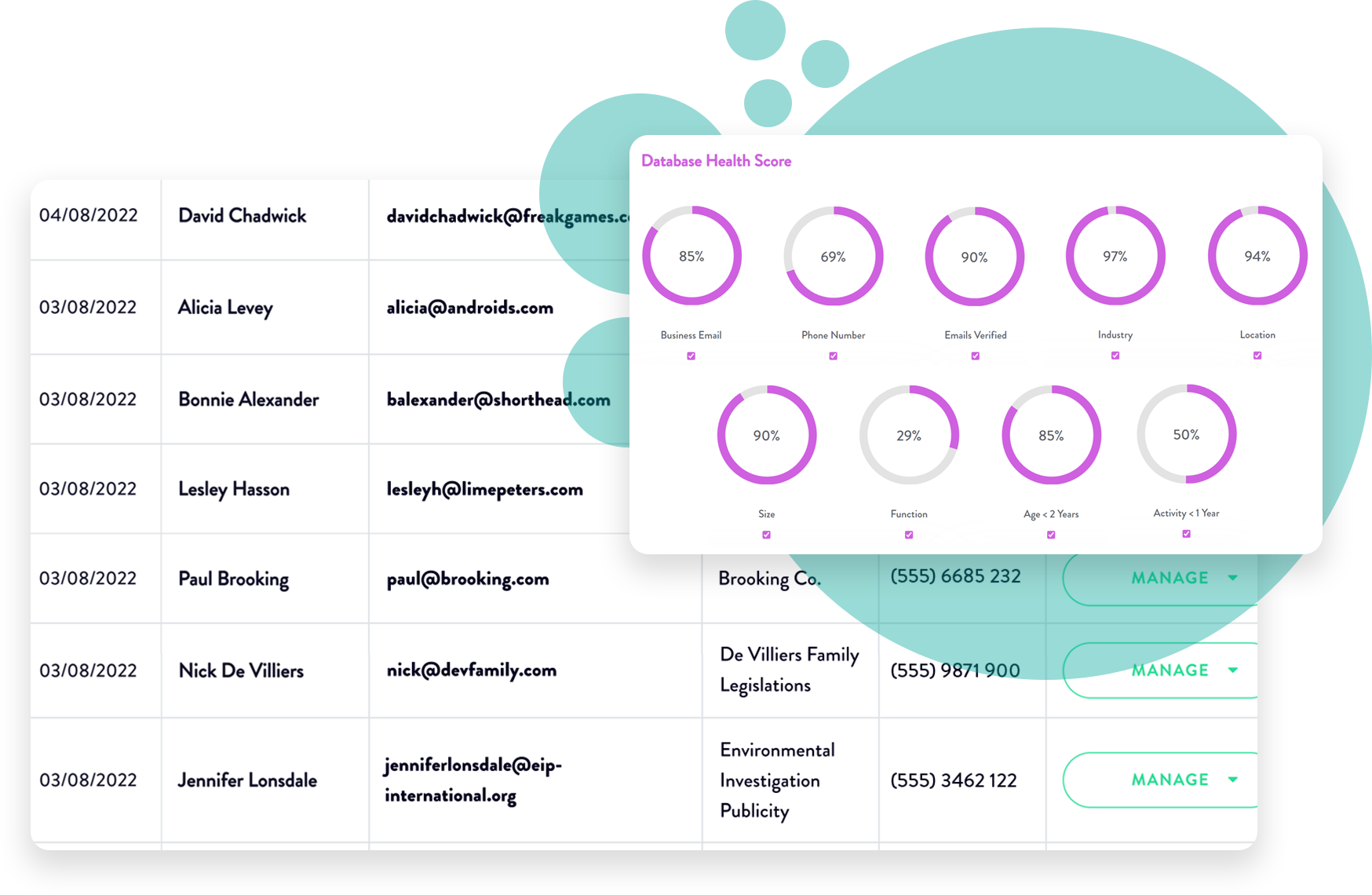
Solution: Implement Data Hygiene and Validation Processes
Ensuring data quality starts with implementing strong data hygiene practices. Regularly cleaning, validating, and updating your data helps ensure that it remains accurate, complete, and usable. Automated data cleansing tools can help identify and remove duplicates, correct inaccuracies, and fill in missing information.
Additionally, using a platform like Zymplify that integrates multiple sources of data allows for more accurate validation of intent signals. By cross-referencing intent signals across various data points, you can ensure that your data is reliable, up-to-date, and actionable.
It’s also important to establish consistent data entry standards to maintain quality. Setting clear guidelines for how data is entered and stored can reduce errors and ensure consistency across teams.
4. Challenge: Lack of Clear Data Activation Strategy
The Problem:
Many businesses collect vast amounts of data but lack a clear strategy for how to activate it. Without a defined plan, data often sits unused, and businesses miss out on valuable opportunities to engage leads and optimise their campaigns. A lack of strategy can lead to random or reactive data activation efforts, which are often inefficient and ineffective.
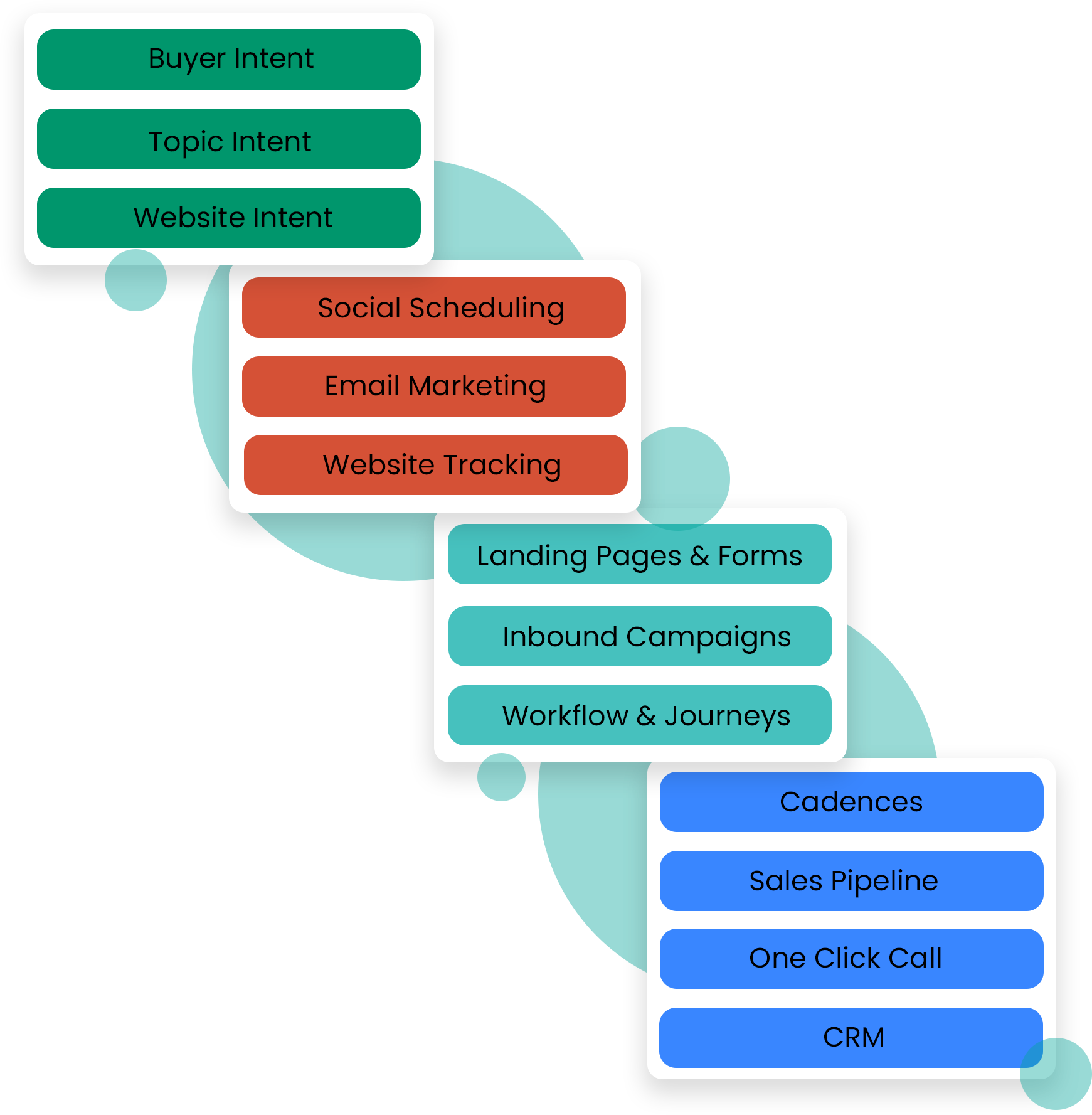
Solution: Define a Clear Data Activation Roadmap
To overcome this challenge, businesses need to develop a clear data activation strategy. This starts by defining your goals—whether you’re aiming to improve lead generation, enhance personalisation, or increase conversion rates. Once your objectives are clear, you can map out how to use your data to achieve these goals.
A good data activation strategy should outline:
- What data will be used and from which sources.
- How data will be segmented and prioritised (e.g., based on intent signals).
- What activation channels will be used (e.g., email, social media, direct outreach).
- How success will be measured (KPIs and performance metrics).
Platforms like Zymplify can support this process by providing tools to segment your audience, automate workflows, and track performance, ensuring that your data activation efforts are aligned with your business objectives and optimised for success.
5. Challenge: Inability to Scale Data Activation Efforts
The Problem:
As businesses grow, so does the amount of data they collect. While this is a positive development, it also presents a challenge: how to scale your data activation efforts without overwhelming your teams or compromising on effectiveness. Many businesses struggle to activate large volumes of data efficiently, resulting in missed opportunities and overburdened teams.
Solution: Leverage Automation for Scalable Data Activation
Automation is the key to scaling data activation efforts. With platforms like Zymplify, businesses can automate the process of collecting, segmenting, and activating data, ensuring that even as the volume of data grows, your ability to engage leads remains efficient and effective.
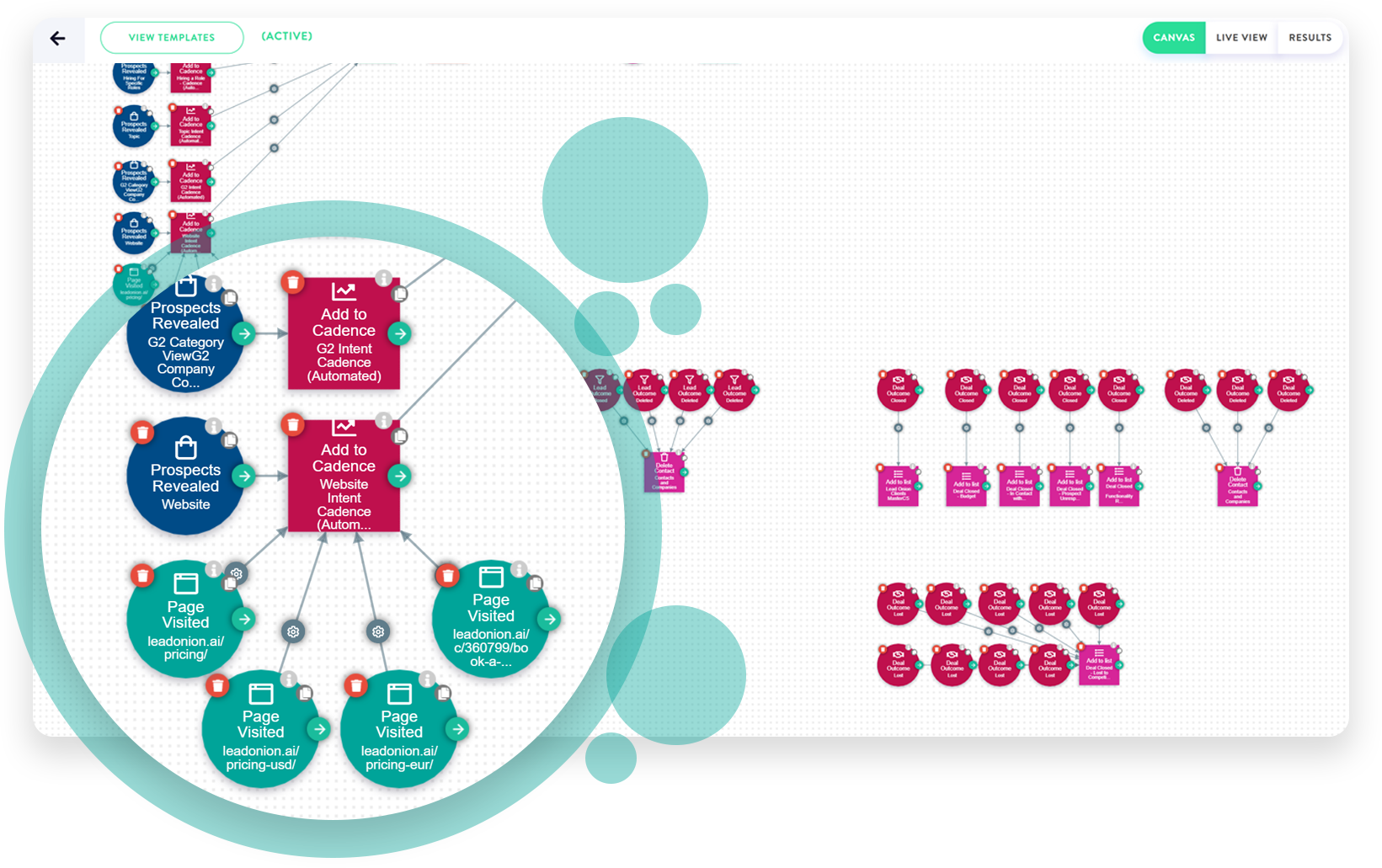
Automated workflows can help trigger personalised outreach based on intent signals, freeing up your team to focus on high-value tasks. For example, when a prospect demonstrates intent, such as visiting a pricing page or downloading a whitepaper, automation can immediately trigger a personalised email follow-up or alert your sales team to take action.
By leveraging automation, businesses can ensure that no opportunity is missed, and every lead is engaged at the right time with the right message, no matter how large the dataset.
Conclusion: Overcoming Data Activation Challenges
Data activation holds immense potential for driving growth, improving engagement, and optimising business performance. However, common challenges like data silos, poor data quality, and integration difficulties can stand in the way of success. By addressing these hurdles head-on—with solutions like centralised data platforms, integration-friendly tools, and automated workflows—businesses can unlock the full value of their data.
At Zymplify, we help businesses overcome these challenges by providing a robust data activation platform that integrates seamlessly with your existing systems, ensures data quality, and scales effortlessly as your business grows. Don’t let these challenges hold your business back—unlock the potential of your data with the right tools and strategies.

